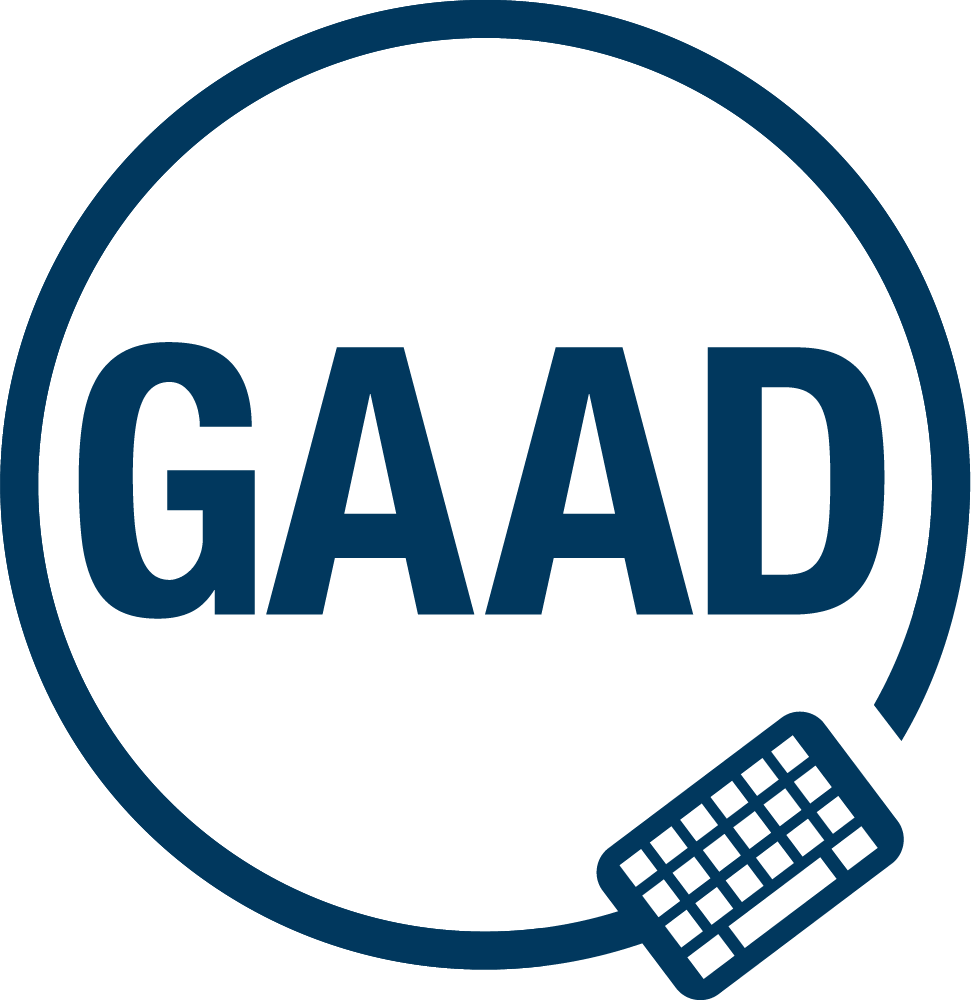In recent years, the demand for online learning has revolutionised the education landscape, making education more accessible and flexible than ever before. Learning Management Systems (LMS) are a powerful tool for creating and delivering online learning, however, it’s important that learning platforms and materials are accessible to all learners, regardless of their abilities or disabilities.
That’s where accessibility comes in and why raising awareness on Global Accessibility Day 2023 is still very important.

Accessibility refers to the practice of designing tools and resources that enable equal participation and learning opportunities for individuals with diverse abilities. This includes
- Visual impairments
- Hearing impairments
- Motor impairments
- Cognitive impairments
In the context of online learning, accessibility means creating courses that can be accessed and used by all learners, regardless of their abilities.
So, why is accessibility important? First, it ensures that all learners have equal access to the course materials and activities. This is not only a legal requirement under the Americans with Disabilities Act (ADA) but also a matter of equity and fairness. By making courses accessible, educators can ensure that every learner has the opportunity to participate and succeed.
Second, accessibility benefits the learning process itself. For example, providing captions for videos can make them accessible to learners with hearing impairments, but it can also be helpful for learners who prefer to read or who are learning English as a second language.
The platforms we provide, Moodle, Totara and Mahara are always considering and including accessibility and inclusiveness in their roadmap future planning: Recently Moodle achieved WCAG 2.1 AA Accessibility compliance, and they are already planning to upgrade the platform to meet the WCAG 2.2 standards criteria.
Designing Accessible Content:
Understanding how to create and develop interactive, accessible e-learning content is essential and here at Catalyst we follow a process when designing a course –
Designing with screen readers in mind
When creating content for screen readers there are a few things to consider punctuation, language and acronyms. Turn on-screen images and text into speech or display the content in Braille. When it comes to acronyms, a screen reader can interpret these very differently from a human. It is often advisable to steer clear of acronyms and use the full variation of the phrase.
Checking the colour contrast
The use of contrasting colours in eLearning content enhances readability. Distinct colours can make data hard to interpret. For example, people who have colour blindness may have difficulty distinguishing between a variety of colours and therefore multiple shades often work better.
Utilising alt text, captions, and transcripts
When producing interactive videos, add subtitles and an introduction that clearly explains to the learner how they interact. The same applies to adding captions to images. Text alternative (more commonly known as ‘image alt text’) should be added in the event that a screen reader is speaking the content out loud to the learner.
Using inclusive language and clear communication
The inclusive language used within our action buttons compensates for difficulties such as the inability to use a mouse. For example in place of click here we substitute more explanatory phrases such as, ‘select this link to find out more’.
Using plugins such as Brickfield Accessibility Toolkit
Moodle Core now has an accessibility toolkit included within the platform which supports staff with accessible content creation.
Accessible content is good for everyone, we should be designing for accessibility in the first place, not considering it an add-on or additional requirement.
Richard Oelmann, Head of Business Development, Catalyst IT Europe
Accessibility is an essential pillar of inclusive education and prioritising accessibility in an online learning environment provides an opportunity for every learner to meet their full potential. It is not only a legal requirement but also an ethical responsibility to ensure that educational opportunities are accessible to all learners, regardless of their abilities or disabilities. By embracing accessibility in online learning we pave the way for a more fair educational future.

